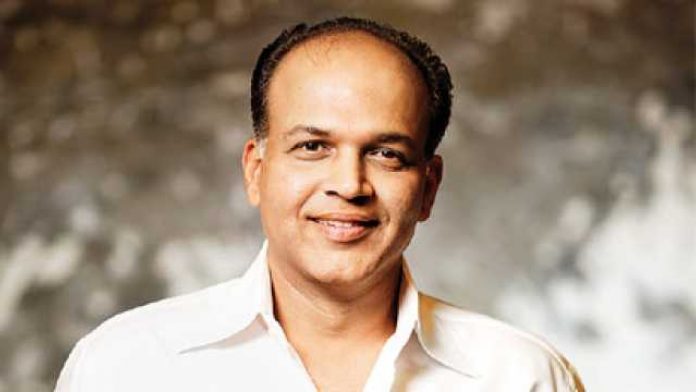By Surendra Bhatia
There are some directors who keep making the same kind of films, like Nasir Husain, who, it is said, came from Bhopal to Bombay with one story and managed to make a dozen successful Hindi films based on it (Tumsa Nahi Dekha, Dil Deke Dekho, Pyar Ka Mausam, Yaadon Ki Baaraat, Qayamat Se Qayamat Tak, etc.). There are some others who don’t make much other than in the genre they think that they are good at, like Karan Johar used to once upon a time make his films about mindful fluffy nothingness). However, it is difficult to criticise either Nasir Husain or Karan Johar because their films generally did well at the box-office.
Can the same be said of Ashutosh Gowariker? Certainly, he seems to have stuck himself in the historical rut, which is not such a bad thing, after all. History provides many lessons and incidents perfectly suited to creation of great cinematic experiences. But has Ashutosh been successful or even good at it? It’s great to take the thematic high road, talk about highlighting little-known incidents of Indian history (The Chittagong Uprising) and incorporating unique elements to make a movie sound and look authentic — like he included a smattering of Sindhi in the dialogues of Mohenjo Daro because the subject is based in Sindh. All that is great and cool and laudable… but the moot point is: did it work?
Unfortunately, after seeing moderate success with his first historical — Jodhaa Akbar — Ashutosh has delivered two extraordinary historical turnips, which may not have too many parallels, even in history: Khelein Hum Jee Jaan Sey and Mohenjo Daro. But, as they say, the past is past and it’s better to put it behind and move on, and Ashutosh must surely have had an option to do so, except that, sorry to say, he hasn’t. It can be said, at least before the release of Panipat, that Ashutosh hasn’t learned the lessons history has been trying to teach him. Or maybe, he has a bet with someone or with himself that he will keep on making historicals till he gets it right…
One should never say a negative word about a film on release but because Panipat is Ashutosh’s fourth historical, after two immediate disasters in the past, the heart is filled with dread. Panipat is based on the third battle of Panipat. Does anyone in the country, except presumably people living in Panipat, know about the 3rd battle of Panipat? Who were the protagonists and the antagonists? Yes, we should know, but we don’t. If Ashutosh dearly wanted to educate the nation, he could have posted a one-hour lecture on YouTube and we would have watched and listened but spending extravagantly on a movie project to teach people history is a tough way to satisfy a fetish. May Panipat enjoy remarkable success and make up for Ashutosh’s earlier historical blunders. He surely deserves success for his dedication to the historical cause but in case the results are less than satisfactory, he would do well to read Einstein’s definition of insanity: Doing the same thing over and over again and expecting a different result.





























